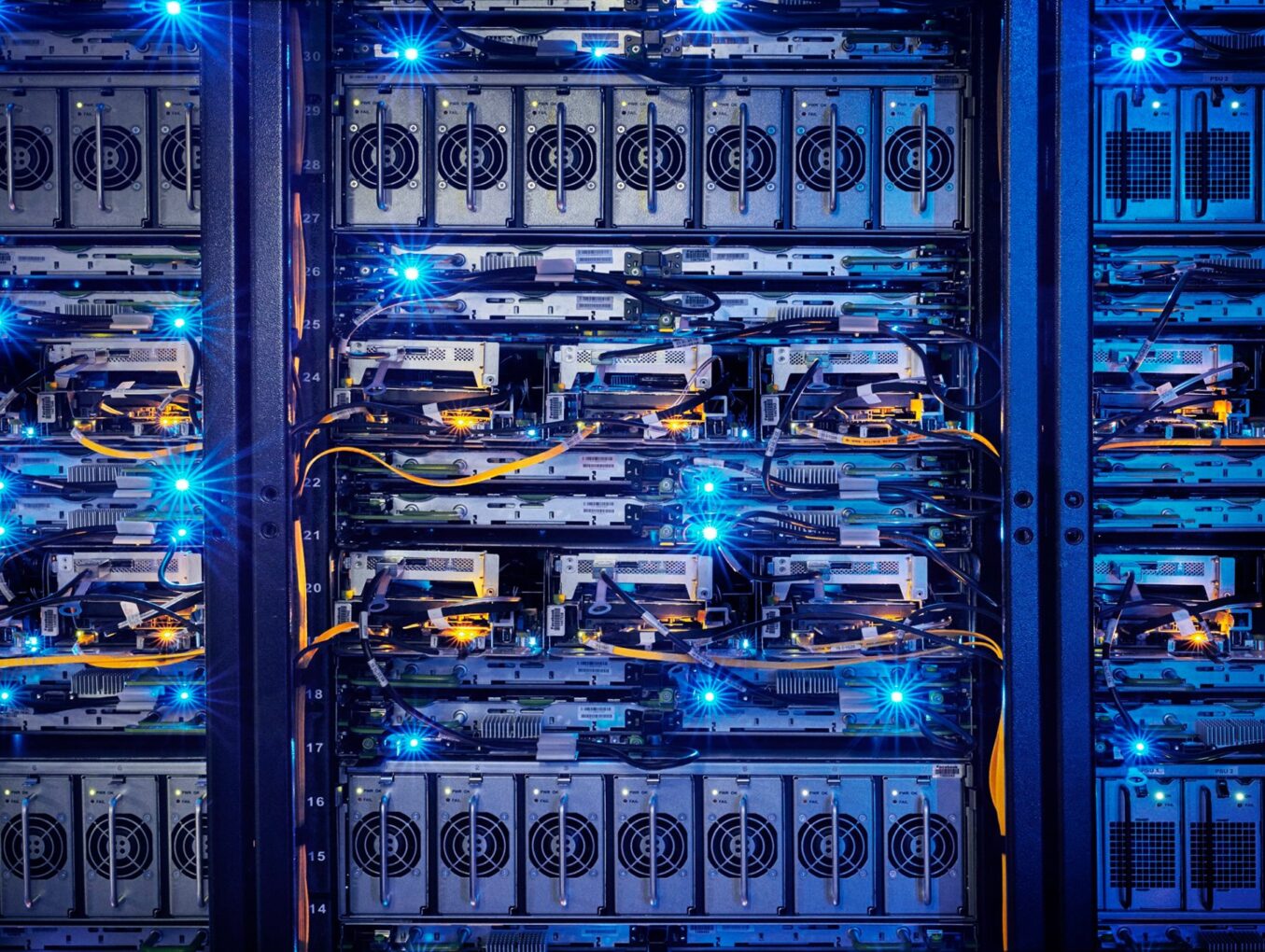Microsoft has introduced an innovative cooling technology designed to eliminate water consumption in its data centers, potentially setting a new industry standard.
Revolutionizing Cooling Efficiency
The company’s latest data center infrastructure incorporates a cutting-edge liquid cooling system that operates without relying on water evaporation. Unlike traditional cooling methods that require constant replenishment due to water loss, Microsoft’s approach leverages a closed-loop cooling mechanism. This system circulates liquid within a controlled environment, maintaining optimal chip temperatures without depleting water resources.
According to Steve Solomon, Microsoft’s Vice President of Data Center Infrastructure Engineering, the implementation of this technology could result in annual savings of over 125 million liters (approximately 33 million gallons) of water per data center. While Microsoft has openly shared various sustainability initiatives in the past, the specifics of this new cooling design remain proprietary.
Industry Influence and Environmental Impact
Even though the company has not disclosed the exact engineering details, industry analysts believe its initiative could inspire other data center operators. Alan Howard, a senior analyst at Omdia, notes that large-scale data centers are facing growing scrutiny from local communities due to their environmental impact. Solutions that minimize water usage can help mitigate public concerns and regulatory challenges.
Howard emphasizes that Microsoft’s commitment to sustainability aligns with broader industry trends. As major tech firms prioritize ecological responsibility, their initiatives often set precedents for the entire sector. The shift toward water-efficient cooling methods could become a widespread practice in the industry.
Balancing Water and Energy Consumption
Historically, data centers have relied on evaporative cooling due to its cost-effectiveness, despite its heavy water consumption. Microsoft monitors its water efficiency through a metric known as Water Usage Effectiveness (WUE), which measures the volume of water used per unit of energy consumed. The company has significantly improved its WUE, reporting an average of 0.30 L/kWh in its last fiscal year—a 39% enhancement compared to 2021’s 0.49 L/kWh.
However, the shift away from evaporative cooling introduces a trade-off. Traditional methods utilize water evaporation to reduce power consumption, while Microsoft’s mechanical cooling alternative slightly increases energy usage. This may affect Microsoft’s Power Usage Effectiveness (PUE), another key performance indicator for data center efficiency.
A Commitment to Sustainable Infrastructure
The introduction of this new cooling system is part of Microsoft’s broader Datacenter Community Pledge, announced in June 2024. This initiative underscores the company’s dedication to building digital infrastructure that benefits local communities and addresses global challenges, including climate change. A core aspect of this pledge includes a transition toward operating data centers powered entirely by renewable energy in the near future.
While the exact implementation details remain exclusive to Microsoft’s facilities, the company’s efforts demonstrate a shift towards more sustainable and community-conscious data center operations. As other industry leaders take note, these advancements could pave the way for a future where high-performance computing does not come at the cost of environmental depletion.

